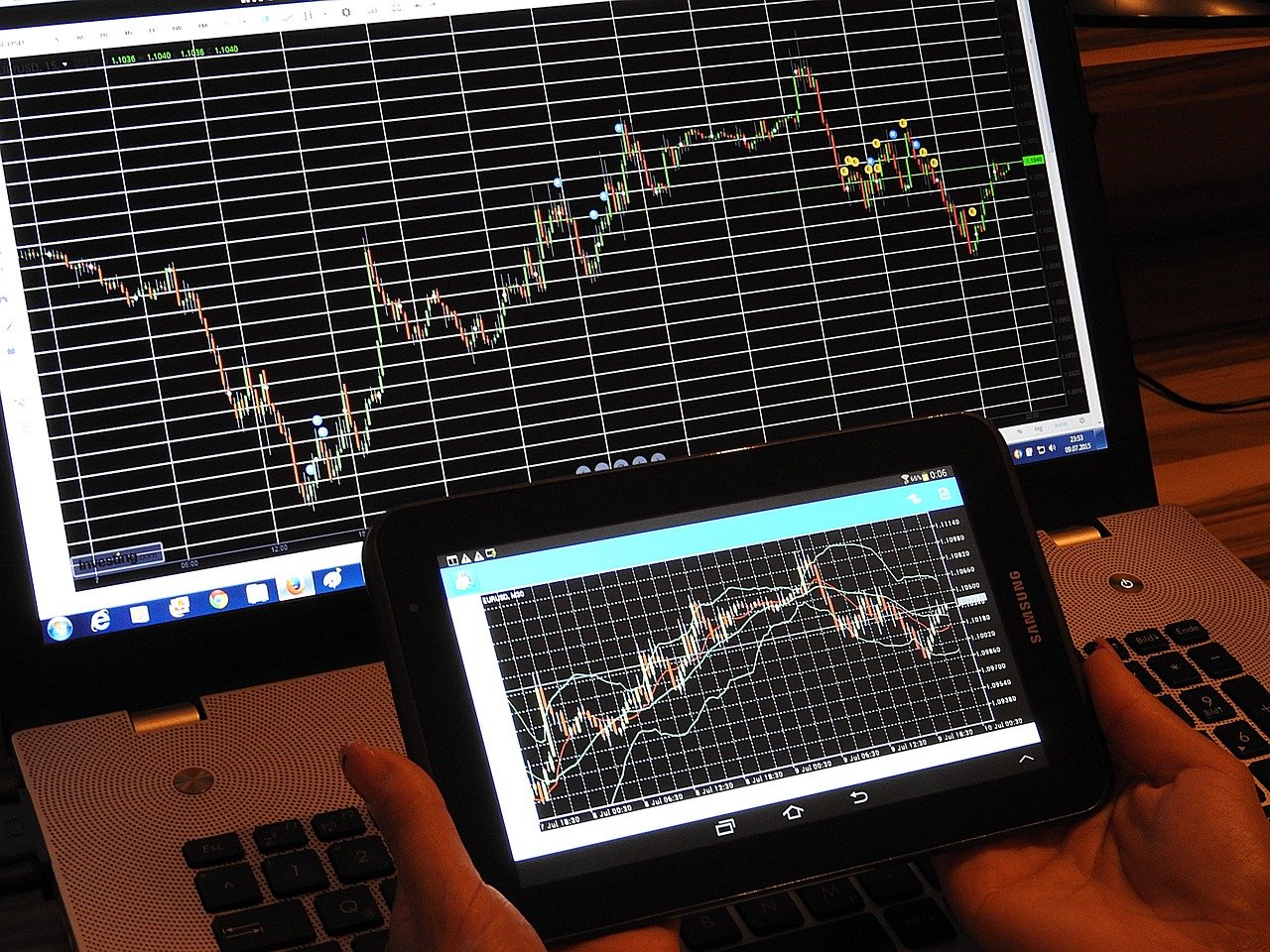Physical Address
304 North Cardinal St.
Dorchester Center, MA 02124
Physical Address
304 North Cardinal St.
Dorchester Center, MA 02124

Introduction:
In the intricate web of global finance, the foreign exchange market, or forex, stands as a dynamic and vital force. This blog aims to be your guide into the world of forex, exploring its foundations, the mechanisms that drive it, key participants, trading strategies, and the evolving landscape of the largest and most liquid financial market on the planet.
I. Foundations of Forex:
The forex market represents the decentralized marketplace where currencies are traded.
Originating post-World War II, the forex market’s roots tie to the Bretton Woods Agreement, which set a fixed exchange rate system. The shift to a floating exchange rate system in the 1970s paved the way for the contemporary forex market.
II. Market Mechanics: Understanding Forex Trading:
Forex trading swaps currencies among various participants, from big institutions and central banks to individual retail traders. Major pairs like USD, EUR, JPY, and GBP are central. The forex market runs 24/5, aligning with overlapping sessions of global financial centers.
III. Key Participants in the Forex Market:
The forex market is a vast network of participants, each playing a unique role in shaping its dynamics. Commercial banks, central banks, hedge funds, multinational corporations, and retail traders contribute to the daily trading volume exceeding $6 trillion. Central banks, in particular, influence currency values through monetary policy decisions and interventions.
IV. Trading Strategies: Navigating the Forex Waters:
Successful forex trading requires a nuanced understanding of market trends, risk management, and various trading strategies. Traders often employ technical analysis, studying price charts and indicators, or fundamental analysis, examining economic and geopolitical factors that influence currency values. Moreover, algorithmic trading and automated systems have become increasingly prevalent, leveraging advanced technologies to execute trades.
V. Risk Management: Safeguarding Capital in Forex Trading:
Given the volatility of the forex market, effective risk management is paramount. Traders employ strategies such as setting stop-loss orders to limit potential losses, diversifying their portfolios, and avoiding excessive leverage. A disciplined approach to risk is fundamental to long-term success in forex trading.
VI. The Evolution of Forex: Technology and Accessibility:
Advancements in technology have transformed the forex landscape, making it more accessible to retail traders. Online trading platforms, mobile apps, and the rise of cryptocurrencies as tradable instruments have democratized access to the forex market. This evolution reflects a broader trend toward increased participation and inclusivity.
Conclusion:
The forex market, with its complexity and global reach, offers a captivating arena for traders and investors. Understanding its foundations, market mechanics, and the diverse strategies employed by participants is crucial for anyone seeking to navigate the forex landscape. As technology continues to shape the financial world, the forex market remains at the forefront of innovation, providing opportunities for those willing to explore its depths. Whether you’re a seasoned trader or a curious observer, the forex market invites you on a journey of discovery and potential financial growth.